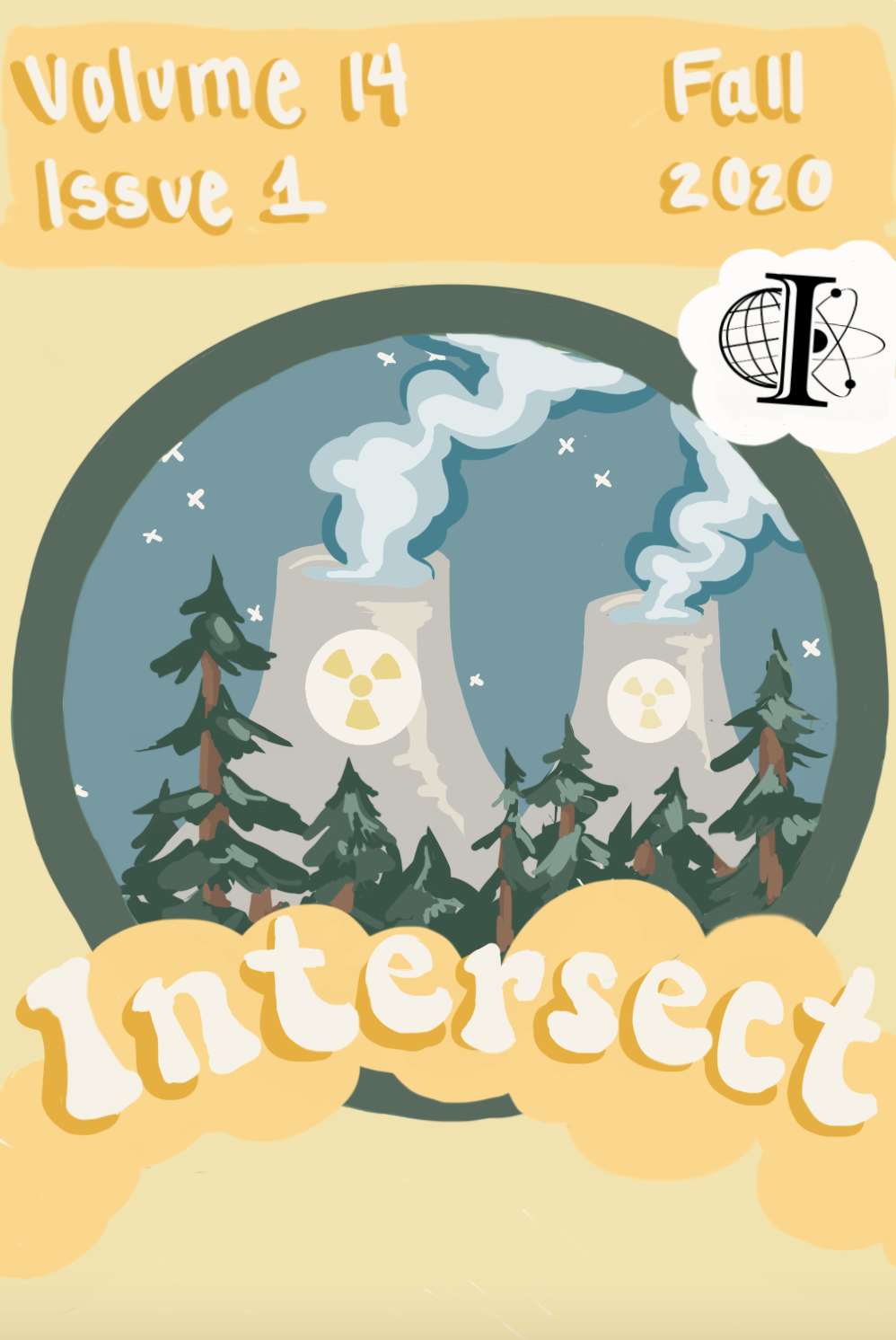Music as Medicine: a Literature Review on the Effectiveness of Mozart's Music on Epilepsy.
Abstract
Music, in particular Mozart's K448 Sonata For Two Pianos, has been said to have a potential to alleviate epilepsy, hence it has potential as a non-pharmacological intervention or therapy. This effect is termed the "Mozart effect": listening to Mozart's K448 was associated with a reduction in epileptic activity on the electroencephalograms of epileptic patients. Thus far, no literature was found summarising and analysing the relevant literature in this topic, exploring the different characteristics that could affect the effectiveness of music therapy in alleviating epilepsy. This literature review therefore aimed to consolidate and discuss the literature surrounding this issue. The literature review was conducted using six databases: DOAJ, Google Scholar, JSTOR, PubMed, ScienceDirect and Scopus. Key terms "Mozart", "Music", "Epilepsy", "Seizure" and "Epileptic" were included in the search strategy, and relevant articles were shortlisted based on the title and abstract. 22,410 articles were found in total. Only English articles found in the six databases were shortlisted for this review. 13 articles were shortlisted for final review. The 13 shortlisted articles were classified to discuss one or more of the following topics: Investigating the effectiveness of music in reducing the occurrence of epilepsy for peoples of different age groups, effectiveness of music in reducing the occurrence of different types of epilepsy and seizures, effectiveness of different types of music in reducing the occurrence of epilepsy, and theories behind K448 as a potential treatment for epilepsy. In conclusion, all the studies showed that Mozart's K448 music seems to be a potentially effective and affordable option of an alternative or additional therapy for epileptic patients that causes little to no harm.
Downloads
Published
Issue
Section
License
Copyright (c) 2020 Intersect: The Stanford Journal of Science, Technology, and Society

This work is licensed under a Creative Commons Attribution-NonCommercial-NoDerivatives 4.0 International License.
Authors who publish with this journal agree to the following terms:- Authors retain copyright and grant the journal right of first publication with the work simultaneously licensed under a Creative Commons Attribution License that allows others to share the work with an acknowledgement of the work's authorship and initial publication in this journal.
- Authors are able to enter into separate, additional contractual arrangements for the non-exclusive distribution of the journal's published version of the work (e.g., post it to an institutional repository or publish it in a book), with an acknowledgement of its initial publication in this journal.
- Authors are permitted and encouraged to post their work online (e.g., in institutional repositories or on their website) prior to and during the submission process, as it can lead to productive exchanges, as well as earlier and greater citation of published work (See The Effect of Open Access).

